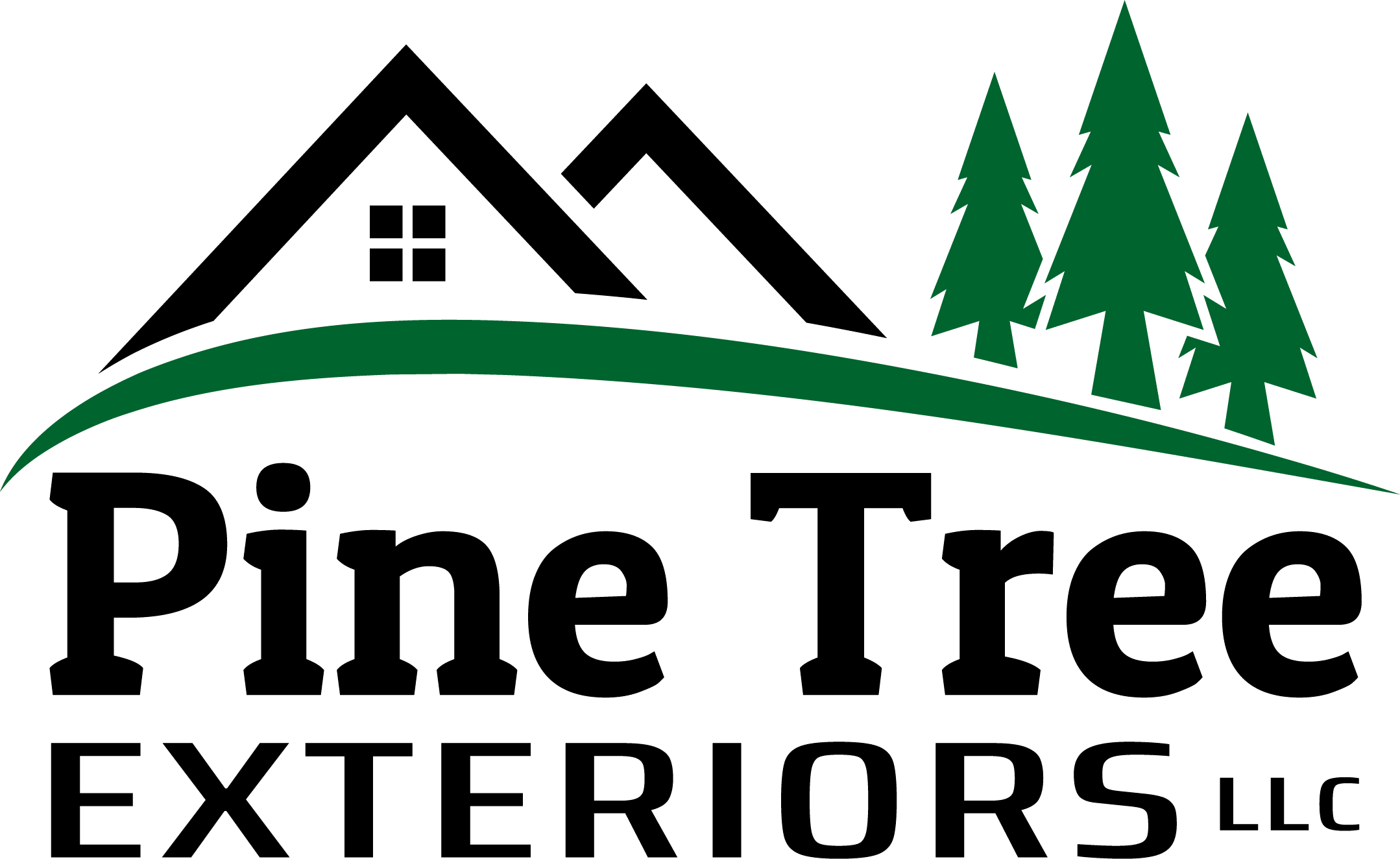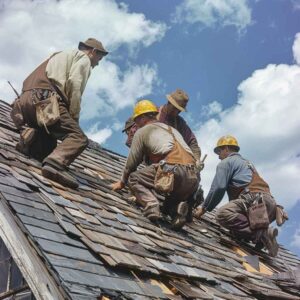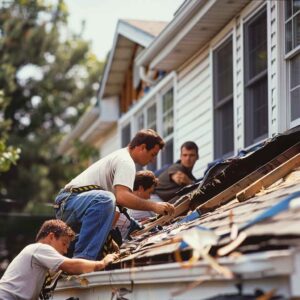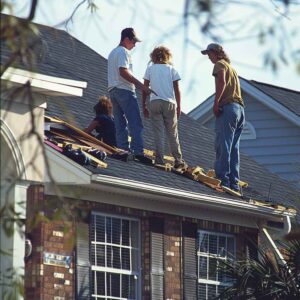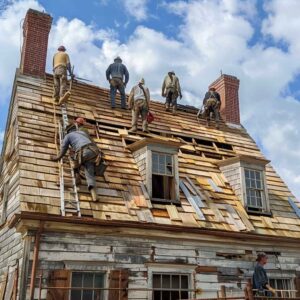As more homeowners consider the benefits of renewable energy, installing solar panels has become increasingly popular. However, assessing whether your roof is ready for such a significant investment before embarking on this eco-friendly journey is crucial. Various factors play a role in determining the appropriateness of your roof for installing solar panels, encompassing aspects such as age, condition, orientation, shading, and structural integrity. Understanding these considerations will ensure the optimal performance of your solar panels and safeguard your investment in the long run. So, let’s dive into solar panel readiness and discover if your roof is up to the task.
Age of Your Roof
Determining the age of your roof is a crucial step in assessing its readiness for solar panel installation. The age of a roof is directly linked to its overall condition and durability, both of which are essential for supporting the weight and functionality of solar panels. Roof maintenance plays a vital role in extending the lifespan of a roof. Regular inspection and repairs, such as replacing damaged shingles or fixing leaks, can significantly contribute to the roof’s longevity. An older roof may have experienced wear and tear, potentially compromising its structural integrity. This can affect the ability of the roof to support the weight of solar panels and impact their efficiency. Therefore, it is essential to consider the age of your roof when determining its readiness for solar panel installation.
Condition of Your Roof
Assessing the condition of your roof is crucial in evaluating its suitability for solar panel installation, as it directly impacts the structural integrity and performance of the panels. Before installing, performing a comprehensive roof inspection is essential to identify any existing issues that could affect the solar panel system. This examination should encompass a visual assessment of the roof surface, checking for signs of damage such as cracks, leaks, or loose shingles. Furthermore, the roof’s overall lifespan and maintenance history should be evaluated. Maintenance from a roofing specialist plays a vital role in preserving the longevity of both the roof and the solar panels. Regular upkeep, such as cleaning gutters and removing debris, helps prevent potential damage and ensures the optimal performance of the solar panel system.
Roof Orientation
The optimal alignment of a roof is crucial for maximizing the efficiency and output of a solar panel system. When considering solar panel installation, it’s essential to assess your roof’s orientation to determine its suitability for solar energy generation. A south-facing roof is preferred for solar panel installation in the northern hemisphere, as it receives maximum sunlight exposure throughout the day.
This alignment enables the panels to capture the most sunlight, enhancing their energy efficiency and overall energy production. East and west-facing roofs are also viable options, although they may yield slightly lower solar panel efficiency. Nevertheless, the cost-effectiveness of solar installation should be considered, as it might be more practical to install solar panels on a roof with a slightly less optimal orientation if it provides other advantages, such as better structural integrity or easier access for maintenance. Ultimately, a thorough evaluation of your roof’s orientation is necessary to ensure the successful implementation of a solar panel system.
Shading on Your Roof
Shading on the roof can significantly impact the efficiency and performance of a solar panel system. It is crucial to consider the potential obstacles on your roof that may cause shading and hinder the effectiveness of your solar panels. Here are three key points to keep in mind regarding the impact of shading on solar panel efficiency and the importance of roof maintenance for solar panel installation:
– Tree branches: Overhanging tree branches can cast a shadow on your roof, blocking sunlight from reaching the solar panels. Regular trimming and pruning of trees near your roof can help prevent shading issues.
– Nearby buildings or structures: Tall buildings or nearby structures that create shadows on your roof can impact the performance of your solar panels. Evaluating shade patterns throughout the day is crucial to identify the optimal placement for your panels.
– Roof obstructions: Chimneys, vents, or other roof obstructions can create shading on specific areas of your roof. It is essential to consider the positioning of your solar panels to avoid these obstacles or find alternative solutions.
Regular roof maintenance and careful consideration of potential shading sources are essential to ensure optimal solar panel performance.
Structural Integrity of Your Roof
To ensure the effective installation of solar panels, it is imperative to assess the structural integrity of your roof. The structural integrity of a roof pertains to its capacity to support the added weight of solar panels and the accompanying equipment. Before initiating the installation of solar panels for sustainable roofing, it is essential to assess the condition of your roof and attend to any necessary repairs or reinforcements. Consistent roof maintenance is vital to guarantee its durability and stability. A meticulously maintained roof is a robust foundation for installing solar panels, mitigating the risk of potential damage or safety concerns.
A roof with structural integrity will improve the efficiency of solar panels, offering a stable and secure surface for optimal exposure to the sun.
Therefore, conducting a thorough evaluation of your roof’s structural integrity is a critical step in the process of solar panel installation.
“Transform Your Home Today!”
Revitalize your space with Pinetree Exteriors. Call us at 717-327-1745 and let’s discuss your dream home transformation!
